Mountain eBikes vs Traditional MTBs: What You Need to Know

Mountain biking has always been about pushing limits, exploring terrain, and testing your endurance. But what if there was a way to go further, longer? While some may grumble at the idea of electric assistance, electric mountain bikes change the dynamics of the ride. Whether it’s in favor of the rider is up to you.
Traditional mountain bikes (MTBs) are reliable, simple, and responsive—the standard way of experiencing mountain trails. On the other hand, mountain eBikes open up the road for riders of different skill levels and allow longer trips. Choosing between a traditional MTB or an eMTB depends on your style, goals, the type of trails you’ll be tackling, fitness, and how much assistance you want.
Let’s break down both types of rides, compare their strengths and trade‑offs, and see which one is right for you.
Mountain eBike vs Traditional MTB
A mountain eBike is effectively a mountain bike frame equipped with a motor, battery, and drivetrain assist system. Your pedaling input is complemented by the motor, which helps propel you forward—especially uphill, through rough sections, or over longer distances. The rider can modulate how much assist they want (eco mode, mid, or high) depending on terrain or energy level.
A traditional MTB is purely human-powered. You pedal, the drivetrain transfers that power to the wheel, and the bike responds directly to input. There’s no assistance from electronics—every climb, bump, and acceleration is hard-earned.
The differences manifest most when climbing steeper sections, riding long distances, and managing fatigue. But they also impact weight, handling, cost, and maintenance.
Advantages of Traditional Mountain Bikes

-
Lightweight & Responsive
Without the weight of a motor and battery, traditional MTBs are often lighter and more nimble. They respond instantly to shifts in rider input, making tight trails and technical rock gardens feel more fluid. -
Simplicity & Reliability
Fewer mechanical and electrical components mean fewer things to break. No battery issues, no motor controllers, no electronics to fail. That predictability is a big plus on remote rides. -
Full Physical Engagement
Riding a non-electric MTB demands more from your body. You climb solely on leg power, which offers better conditioning, fitness, and control. Many purists believe that’s part of what makes mountain biking fulfilling. -
Lower Cost & Maintenance
Because you don’t need motors, battery systems, and controllers, a high-end MTB is generally less expensive to purchase, maintain, and repair (on comparable quality frames and components). -
Legal and Trail Access Benefits
In some places, eBikes (especially those with more power) face restrictions or bans on certain trails. Traditional MTBs typically have full access wherever biking is allowed.
Advantages of Mountain eBike

-
Climbing Power & Range
The biggest advantage: motor assistance makes climbs far more manageable. What might be an exhausting slog on an MTB becomes an easy roll on an eBike. That opens up more trails and reduces fatigue. This is one of eMTBs’ strongest selling points. -
More Mileage, More Laps
Because you’re less spent on climbs, you can often do more laps, explore longer trails, or ride further before needing to turn back. This increases trail time without pushing your body too hard.
-
Greater Accessibility
Riders with less fitness, older riders, or those recovering from injury can join challenging trails. Electric assistance expands the range of people who can enjoy mountain terrain.
-
Assisted Load Carrying
When carrying gear, food, or accessories (or even game in hunting contexts), the extra motors help share the load—especially during climbs and long days.
-
Enhanced Exploration
Routes that might have been off-limits due to the physical challenge become viable. Riders can push deeper, climb higher, or explore more remote terrain.
Trade-Offs & Considerations
Weight & Handling
eMTBs carry weight in the motor, battery, and extra systems. That added mass influences maneuverability, especially on tight switchbacks or during abrupt direction changes. The center of gravity and frame geometry must be well-designed to mitigate negative effects. Resistant handling on steep descents is sometimes noted by riders new to eBikes.
In contrast, MTBs feel lighter and more agile, especially in flowing singletrack and in technical downhill sections.
Cost & Investment
High-end eMTBs with motors, batteries, and electronics tend to cost significantly more than equivalent standard MTBs. Replacement battery packs and motor servicing can add costs over time.
Maintenance & Complexity
Electric systems introduce complexity: battery degradation, wiring, motor calibration, controller software updates, and sensor servo maintenance. Traditional MTBs are mechanically simpler and often easier to fix in remote settings.
Range & Battery Constraints
While eMTBs extend range, they are still limited by battery capacity and terrain. Long, sustained climbing or demanding terrain drains battery levels. The human-powered MTB has no such limitation—only your legs and stamina.
Trail Ethics & Access
Because an eBike for mountain trails can cover ground faster and climb more easily, some trails restrict or regulate eMTBs to reduce impact or conflicts. In some regions, you risk exclusion depending on local rules.
Fitness & Experience Trade-Off
Some riders feel that too much assistance reduces the pure challenge and satisfaction of pushing yourself. Others counter that the extra mobility lets you ride more frequently and maintain fitness without overexertion.
Who Are MTBs For? And Who Are eMTBs For?
Traditional MTBs are ideal for:
- Riders who prioritize lightness, agility, and pure bike feel.
- Those focused on fitness, challenge, and pushing themselves physically.
- Riders who frequent trails with restrictions on eBikes.
- Individuals who want a simpler machine with lower maintenance needs.
- Those who don’t want to invest a lot of money in a bike.
Mountain eBikes are ideal for:
- Riders who want easier climbing and more trail time.
- Those carrying gear, food, or extra payload.
- Adventure seekers who want to explore further terrain.
- Riders with fitness constraints who still want to push into wild terrain.
- Hunters or backcountry explorers who need assistance in rugged terrain.
- Those willing to spend more money on a bike.
How the Birch Grolar Fits In

Though the Birch Grolar is built as a hunting eBike, it’s a hardcore all-terrain machine that helps illustrate how a powerful eBike can shift the riding paradigm. The Grolar offers a dual 750W motor drive, a large battery, a rugged build, and the capability to tackle steep inclines and tough terrain.
While it’s heavier than a typical non-electric MTB, the power assists erase many uphill penalties. For riders who want to tackle off-road trails, climb harder routes, and carry gear without draining themselves, the Grolar sits on the eMTB side of the spectrum—but with a toughness that appeals also to adventurers and mountain bikers who don’t mind extra weight.
In essence, the Grolar confirms a reality: you get the benefits of assisted climbing and range while still being able to descend and maneuver across challenging terrain. For those who want a machine that can “do everything,” a robust mountain eBike like the Grolar offers a compelling middle ground between raw MTB purity and practical utility.
Climb to New Heights with Birch
Choosing between a mountain eBike and a traditional MTB boils down to priorities. A traditional MTB is hard to beat if you demand agility, minimalism, and pure physical challenge. But if you want to go further, climb easier, carry gear, and open up new terrain possibilities, a mountain eBike adds a dimension that changes the game.
Decide on your terrain, goals, fitness level, and trail access—and choose the machine that amplifies your enjoyment. If you want an ebike built for wild terrain rather than just pavement, explore what the Birch Grolar can do for your off-road ambitions.
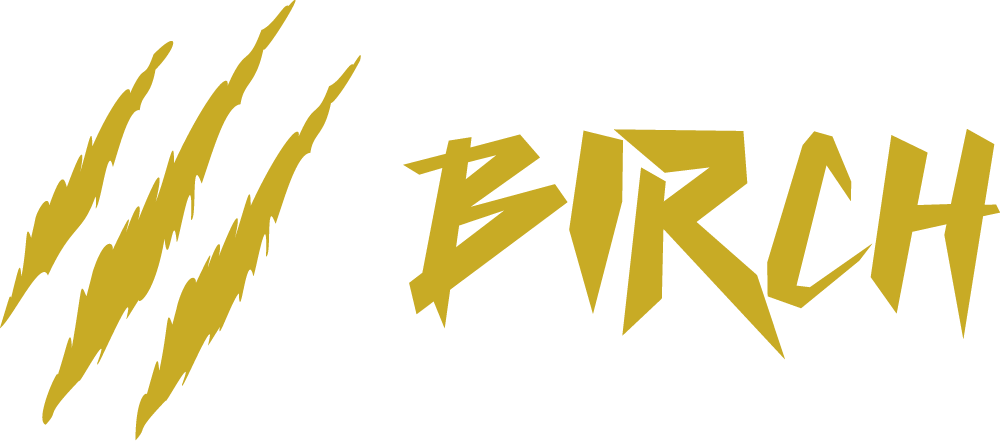


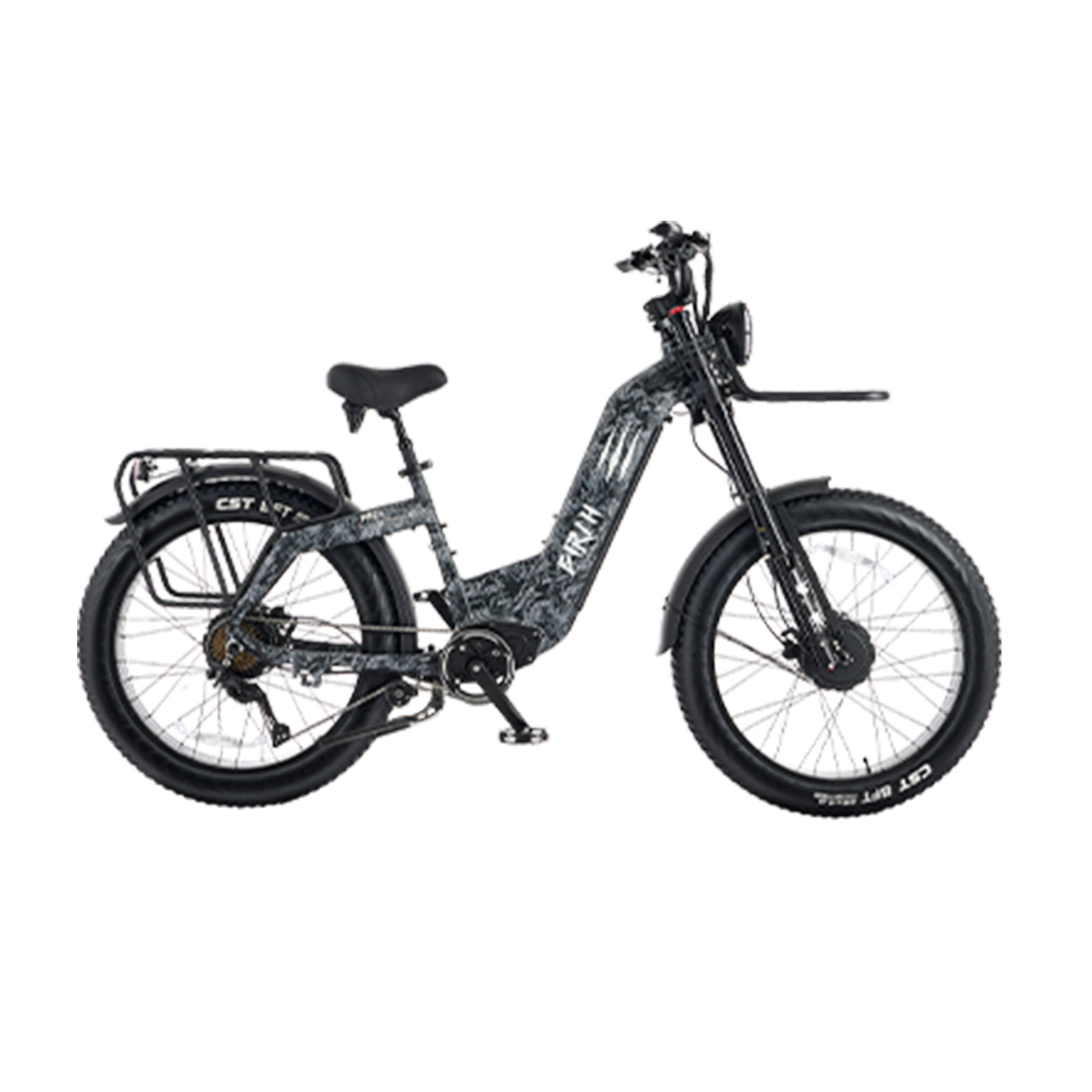

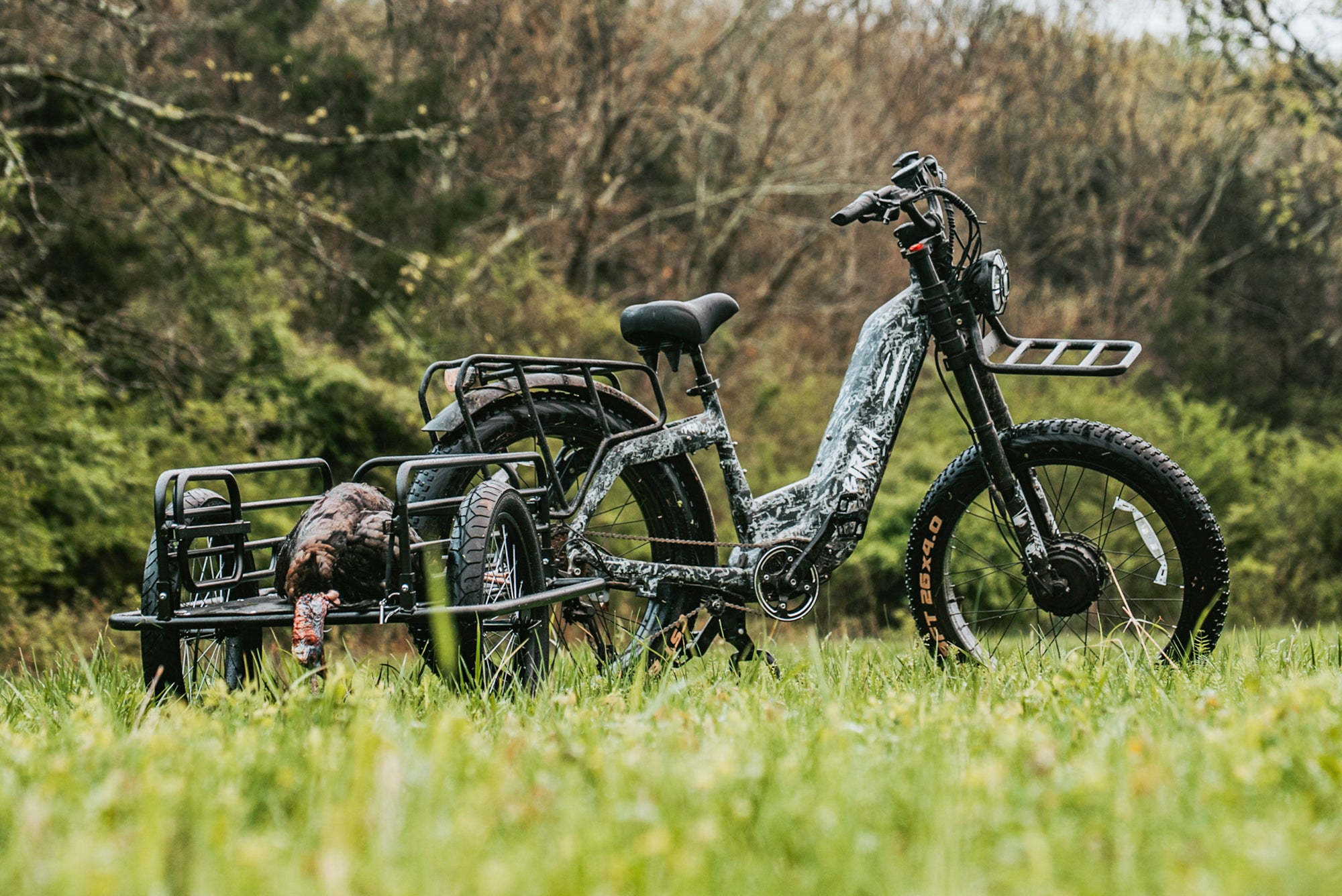
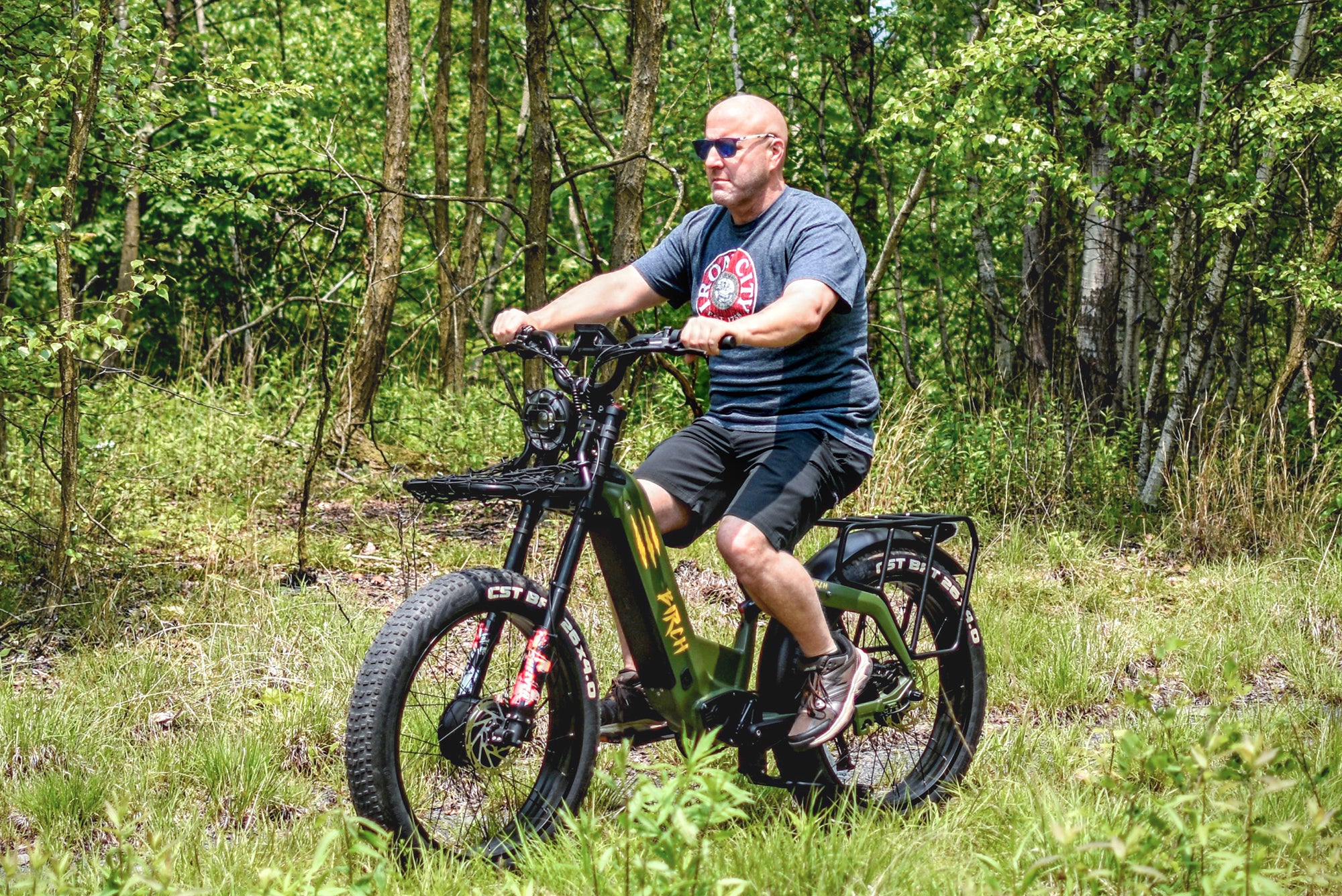

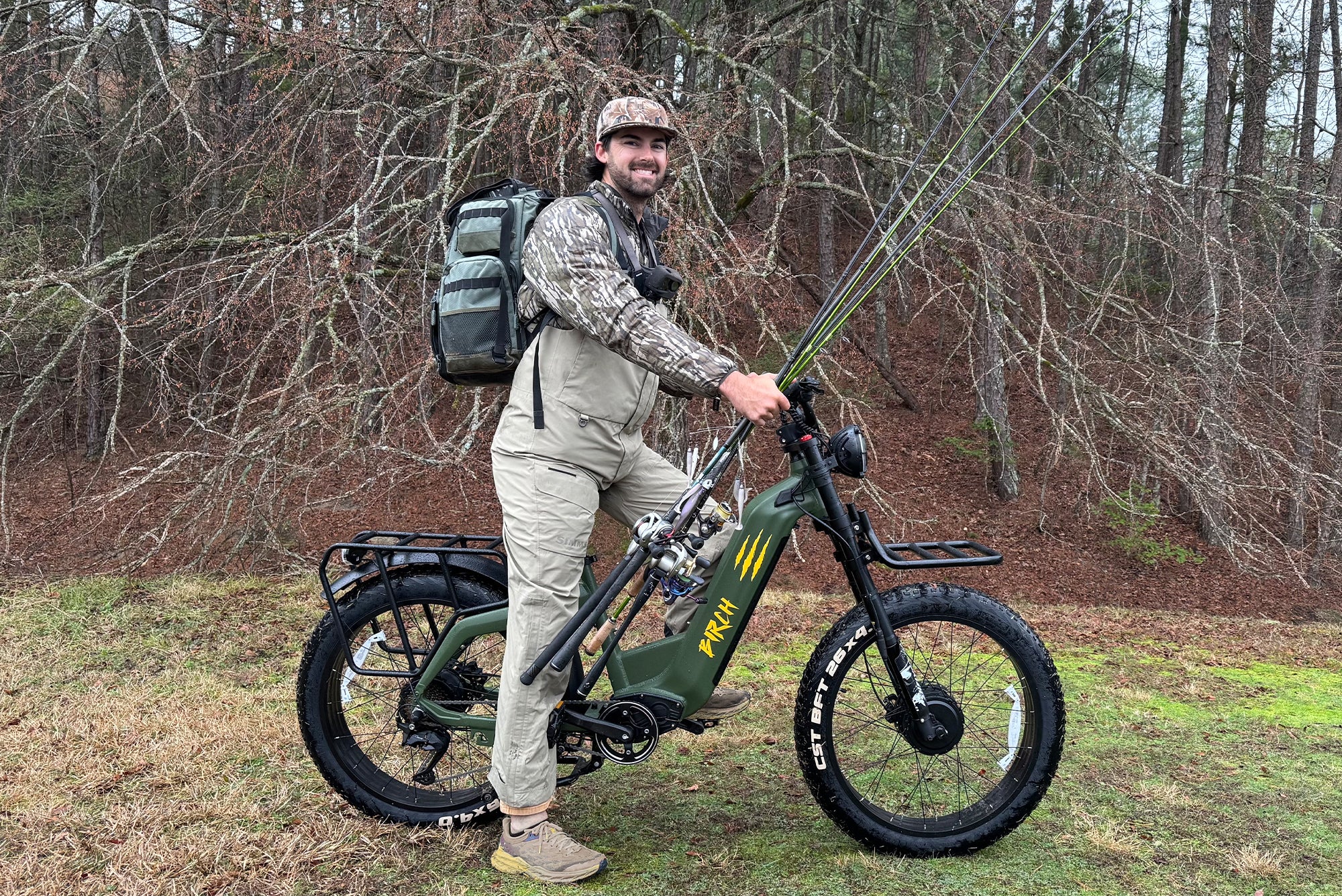
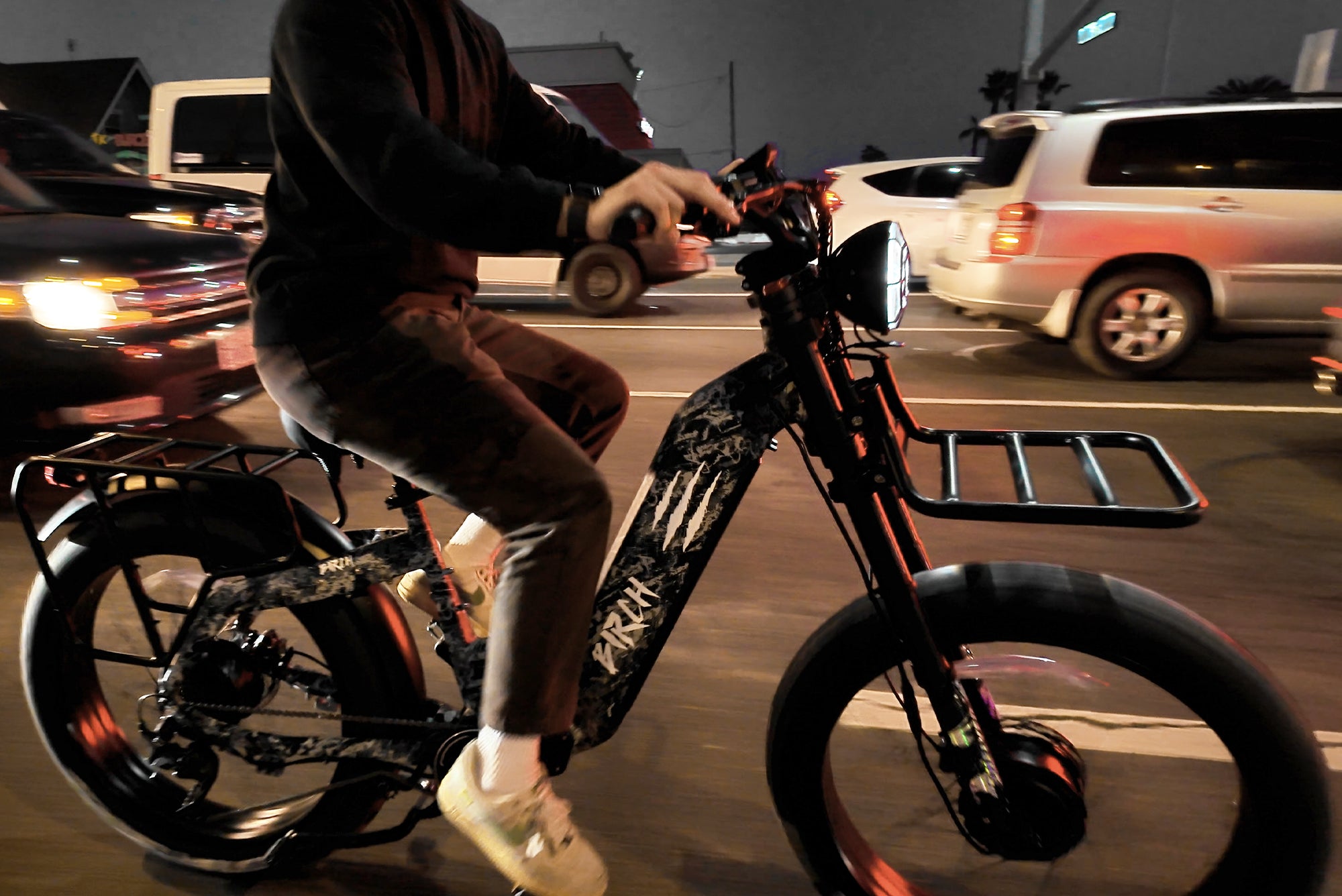




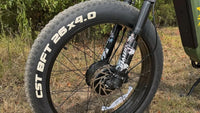

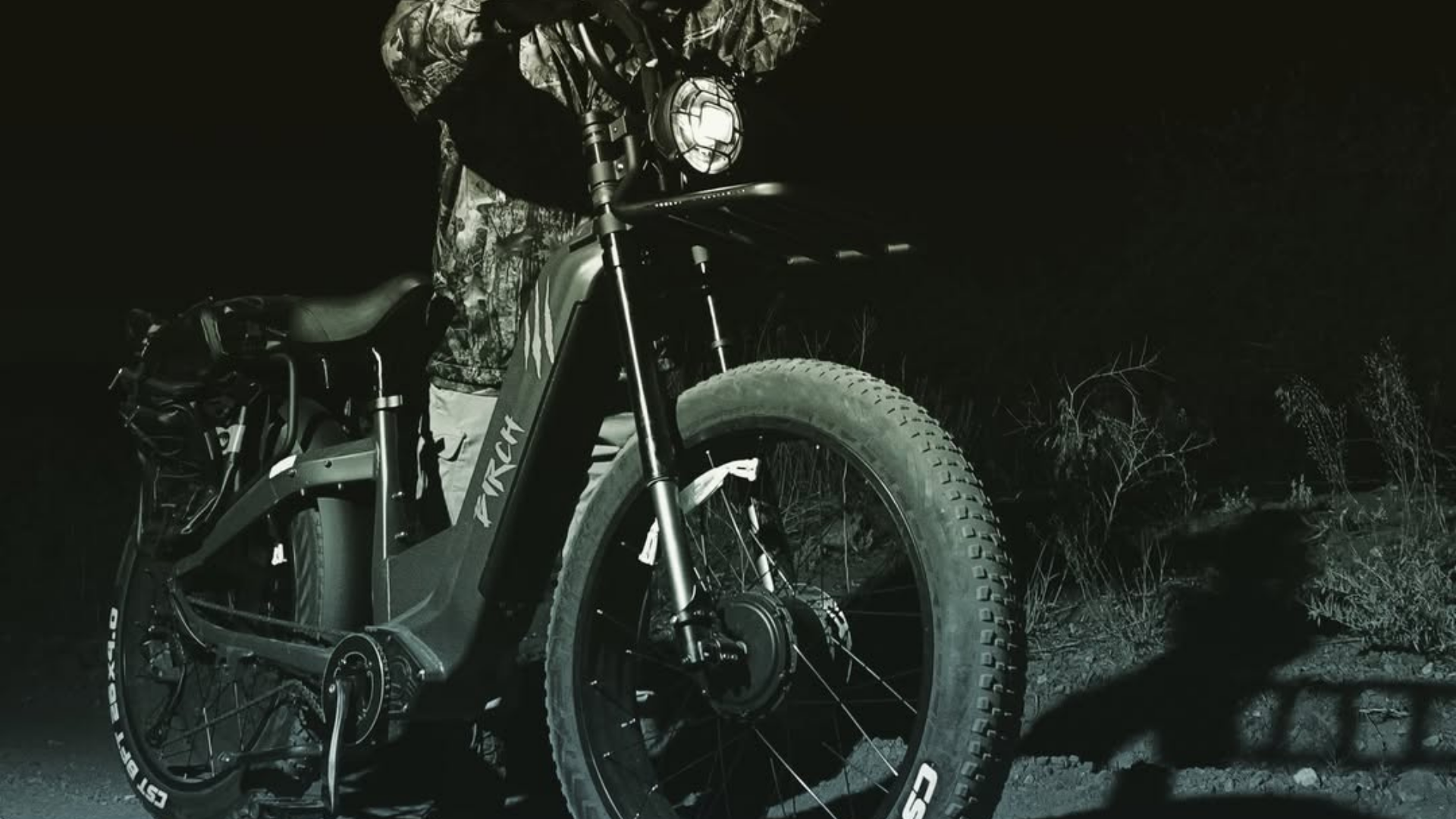
Leave a comment
All comments are moderated before being published.
This site is protected by hCaptcha and the hCaptcha Privacy Policy and Terms of Service apply.